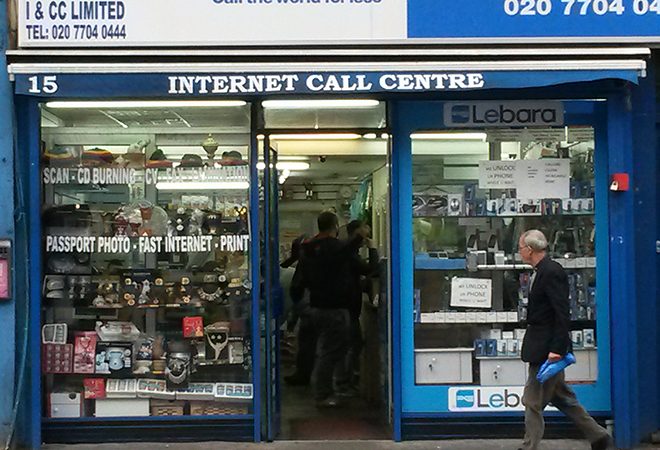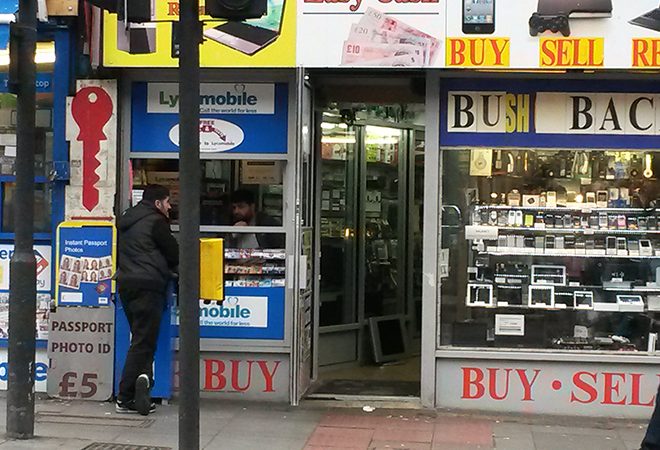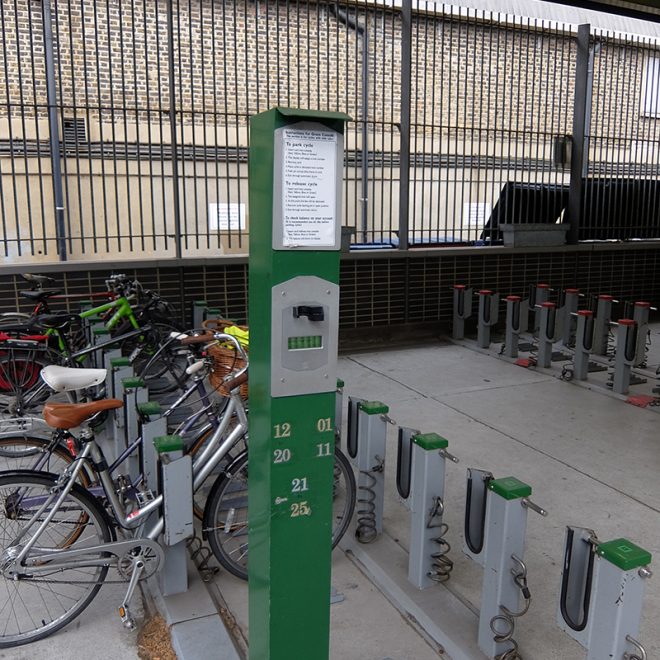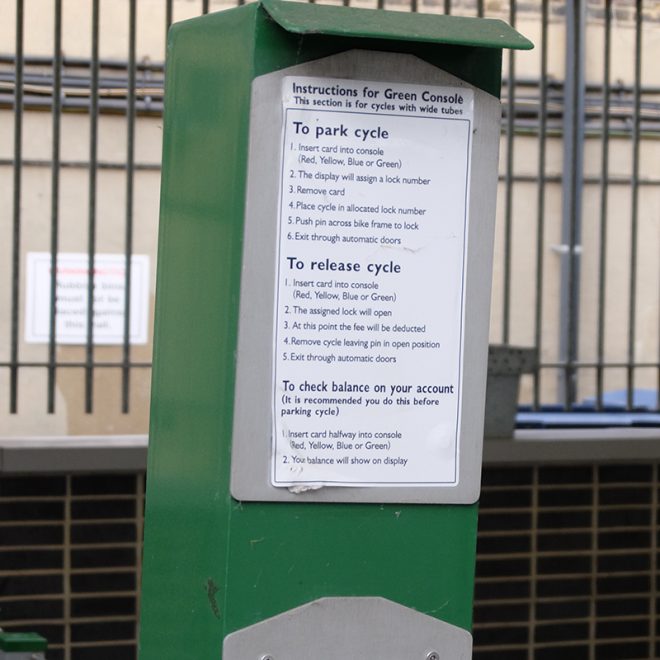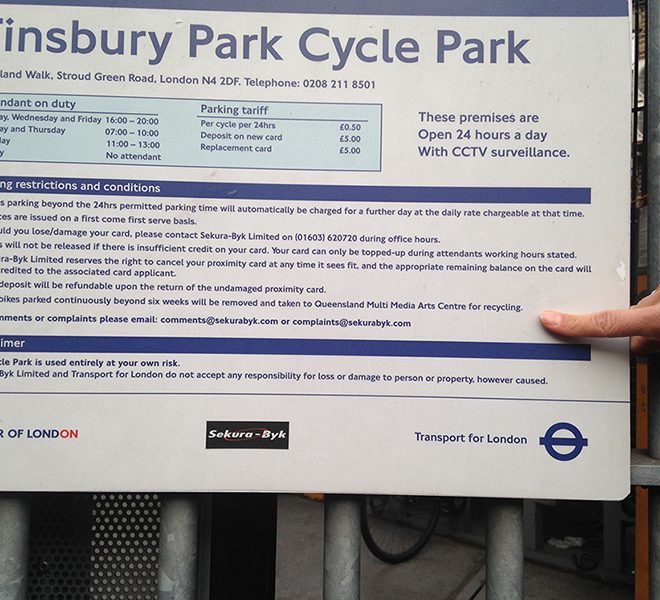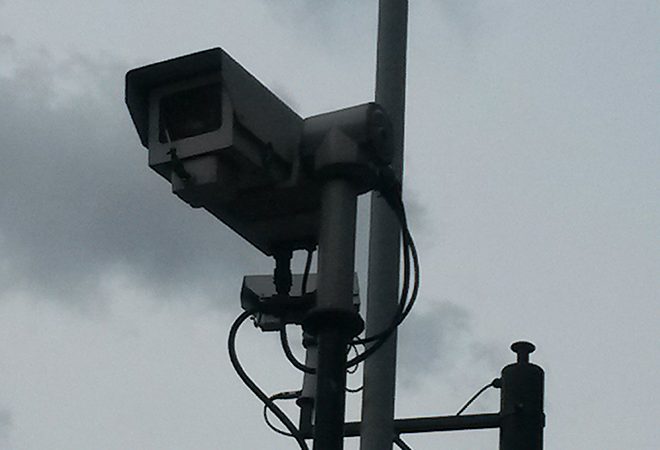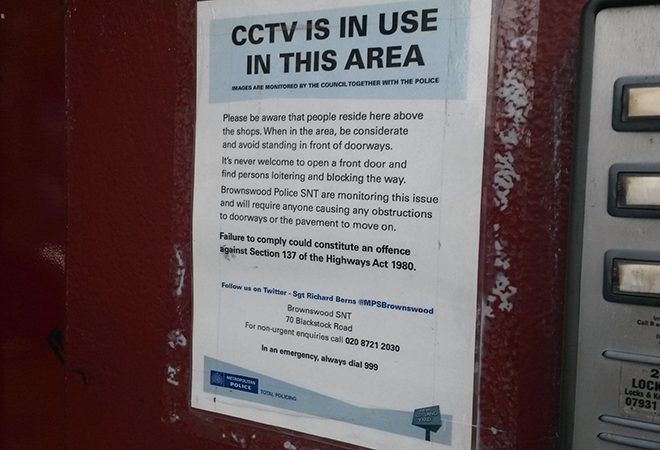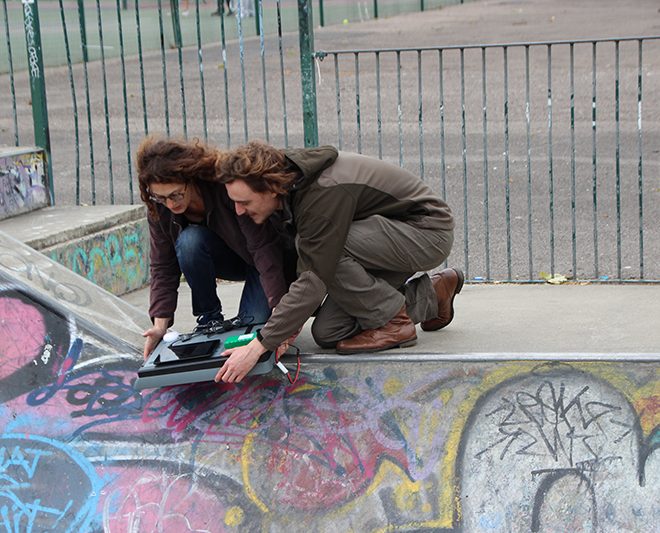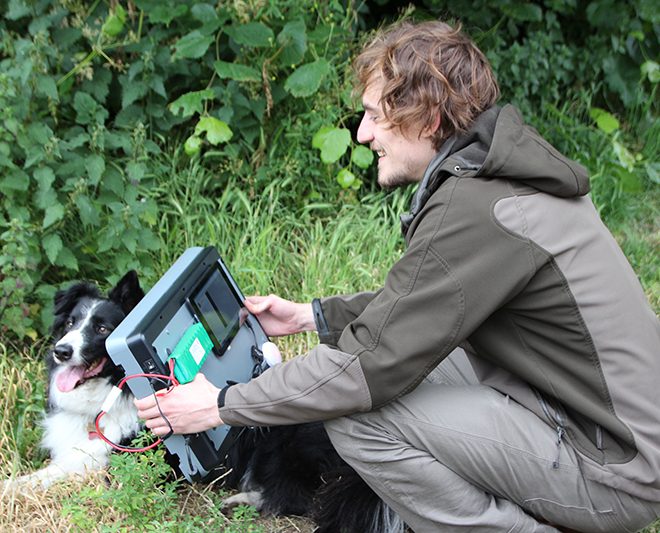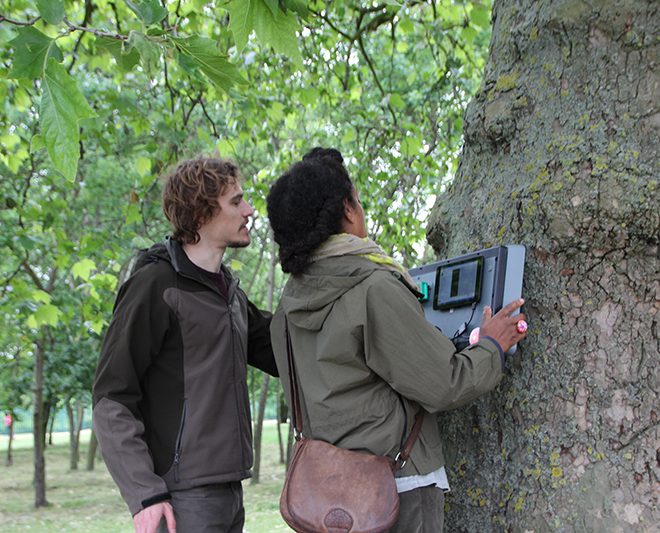DATA AND COMMODITY EXCHANGE
Museum of Contemporary Commodities, Furtherfield Gallery, North London
The first walks I held were at Furtherfield gallery in Finsbury Park, North London. I worked with Paula Crutchlow (Blind Ditch) and Ian Cook (Follow The Things), who were mounting the Museum of Contemporary Commodities, where they investigated people’s everyday consumer practices in the neighbourhood. The Museum of Contemporary Commodities (MoCC) is a digitally networked arts project that collectively re-values our commodity cultures, by treating the things we buy today as the heritage of tomorrow. Presented as a series of lively and challenging digital ‘hacktivist’ activities in physically located and online spaces, MoCC explores the deep links between data, trade, place and values that shape our everyday lives.
We tried to focus on contrasting parts of the city that were ‘data rich’ versus ‘data calm’, but soon discovered that ‘data richness’ depended on one’s ability to read or interpret things as data – for a group of walkers with a landscape architect in their midst, the huge local park became ‘data rich’ while other walking groups found it ‘data calm’ in comparison to the train station with its GPS-driven bus arrival time boards, RFID-reading card entry turnstiles, and many types of clocks.
PLACE
GLOBAL MOBILITY AND THE LOCAL PHONE SHOP
Local mobile phone shops use phones as decorations, and shop owners sell access to international networks through phone plans and phone cards. The shops are hubs of connectivity and places where data transforms into physical commodities.
OBJECTS
“Data, bodies, bikes”
Around the corner from the gallery was a public bicycle storage locker. To book a space you needed a credit card, exchanged for a lock fob to open the door. If you couldn’t pay, your bike would be transferred to the other side of town. We saw the bike locker as a nexus in a network of relationships between transport, surveillance, and digital financial flows (including credit). We wondered how this system could be designed otherwise – to remove the many layers of data-based intermediation on storing and using a bicycle.
SURVEILLANCE
Bulletin boards, bodies and surveillance cameras
An old fashioned bulletin board was visible from outside a convenience store. People posted messages with their names and phone numbers – offering rooms to rent – and sometimes cryptic and suggestive messages like “woman” with a phone number attached. The entire bulletin board was overlooked by a large surveillance camera, causing walkers to reflect on how our human bodies fit into assemblages of information, technology and trade.
DATA
Glitchy data
One walking group brought an LCD scanner that had been modified to produce ‘glitchy’ data readings. They scanned parts of the park and even a participant’s dog to experiment with what happens when the natural world is ‘transformed’ into digital data.

